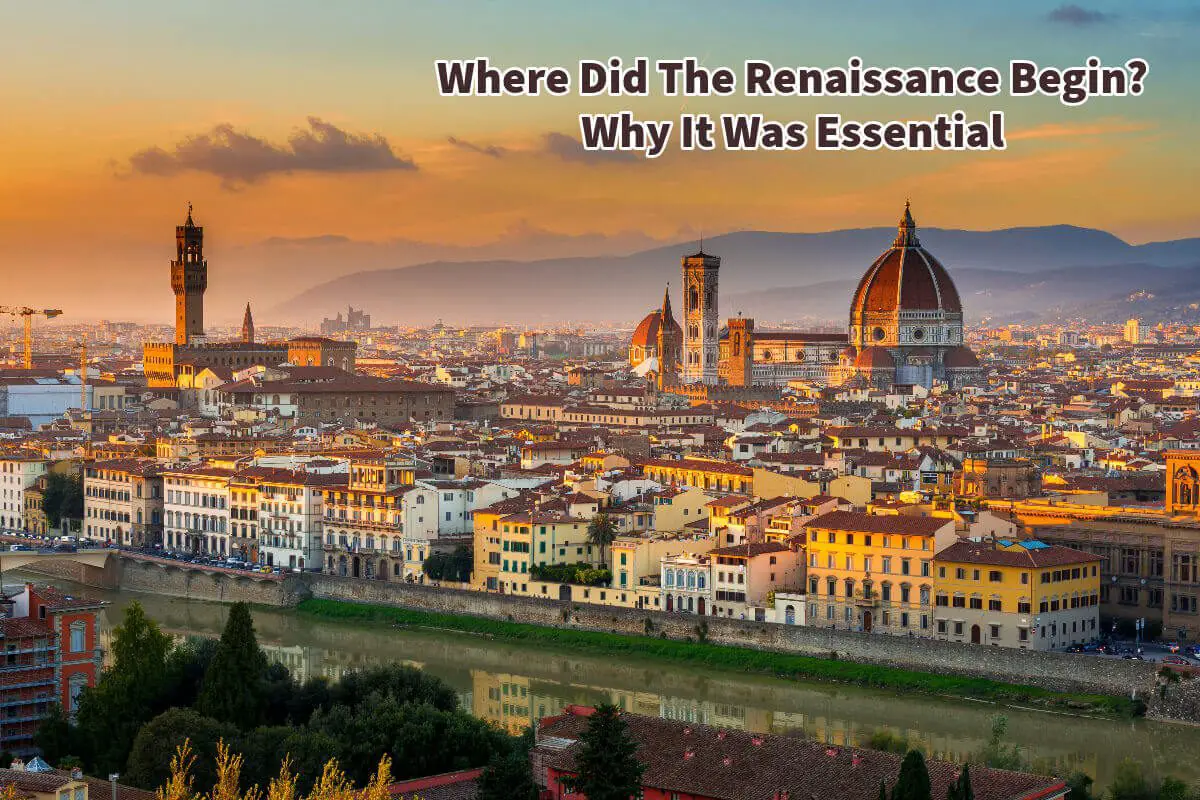The Renaissance is one of the greatest eras of art that ever existed—some of the greatest artists who lived created enduring artwork during this era.
The Renaissance began in Florence, Italy in the 14th Century. Florence was essential for the Renaissance because of its location, wealth, and many other factors. As we explore the Renaissance and Florence, this vital movement started.
Table of Contents
- The Birthplace Of A Cultural Revolution: Florence, Italy, And The Renaissance
- Florence’s Wealth: A Beacon Of Prosperity
- Patronage Of The Arts: The Medici Legacy
- Rediscovery Of Classical Works: Unearthing Ancient Wisdom
- Humanism: A Shift In Learning
- Filippo Brunelleschi: Architectural Innovation
- Giotto di Bondone: Pioneering Artistic Techniques
- Dante Alighieri: A Literary Beacon
- Petrarch: The Father of Humanism
- Boccaccio’s “Decameron”: Influencing Literature
- Printing Press: The Spread Of Ideas
- Florence’s Geography: A Cultural Crossroads
- Florence’s Enduring Legacy
- Related Questions
The Birthplace Of A Cultural Revolution: Florence, Italy, And The Renaissance
The Renaissance, a remarkable period marked by a revival of art, culture, and intellectual exploration, began in the heart of Florence, Italy, in the 14th century. This blog post will delve into the fascinating history of this era, exploring why Florence played a pivotal role and how it sparked the Renaissance’s birth and development.
Florence’s Wealth: A Beacon Of Prosperity
One cannot truly grasp the Renaissance’s beginnings without acknowledging Florence’s economic prowess. During the 14th century, Florence was a thriving city, boasting a flourishing textile industry and a robust banking sector. Its wealth magnetized artisans, thinkers, and scholars from across Europe.
Patronage Of The Arts: The Medici Legacy
The Medici family, among other wealthy elites, transformed Florence into a cradle of artistic innovation. Their patronage of the arts provided crucial financial support to artists, scholars, and thinkers, allowing them to focus on their creative endeavors. This support system laid the foundation for the Renaissance’s artistic Renaissance.
Rediscovery Of Classical Works: Unearthing Ancient Wisdom
Italian scholars embarked on a mission to rediscover the long-forgotten treasures of classical Greek and Roman literature. These works contained a wealth of philosophy, science, and literature knowledge, serving as a wellspring of inspiration for Renaissance thinkers.
Humanism: A Shift In Learning
The Renaissance heralded a paradigm shift in education. Humanism emerged as an intellectual movement emphasizing the study of the humanities, languages, and history. This human-centered approach to learning focuses on the individual’s potential for greatness and exploration.
Filippo Brunelleschi: Architectural Innovation
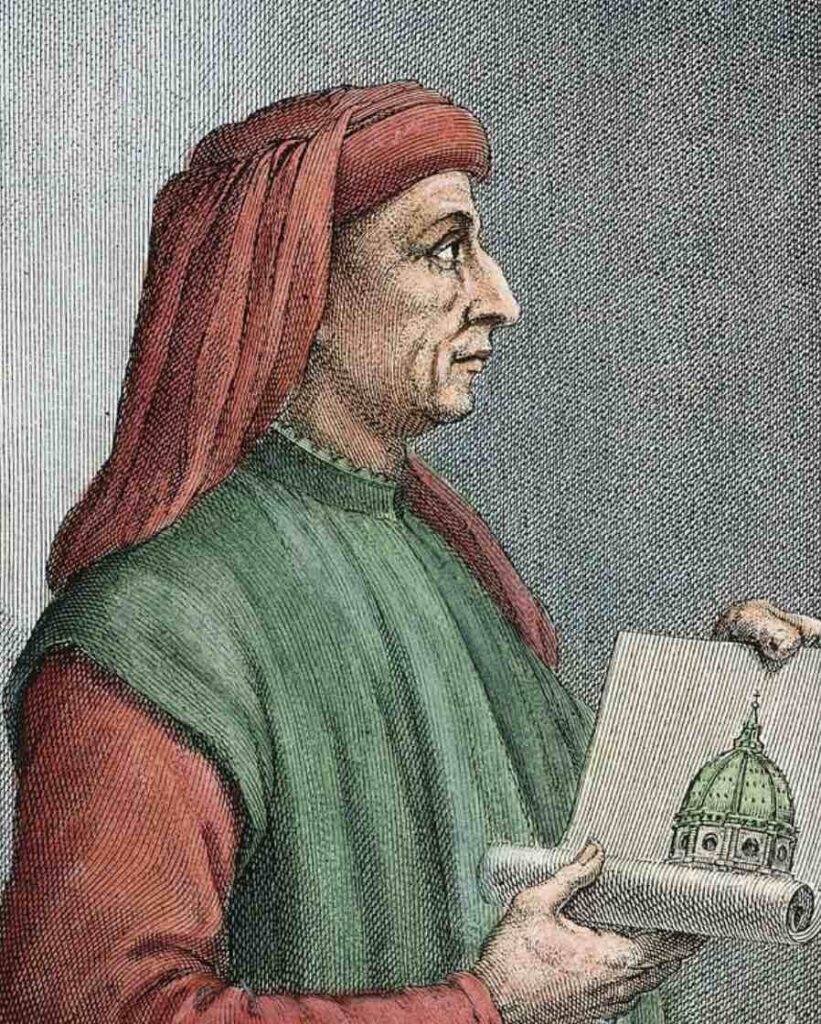
Florence’s Renaissance spirit found expression in the groundbreaking architectural innovations of Filippo Brunelleschi. His crowning achievement, the Florence Cathedral’s iconic dome, exemplified Renaissance principles and symbolized the city’s artistic and engineering prowess.
Giotto di Bondone: Pioneering Artistic Techniques
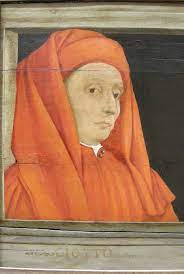
Giotto di Bondone, a Florentine artist, played a pivotal role in developing Renaissance art. His frescoes showcased new artistic techniques, such as perspective, transforming how artists depicted the world around them.
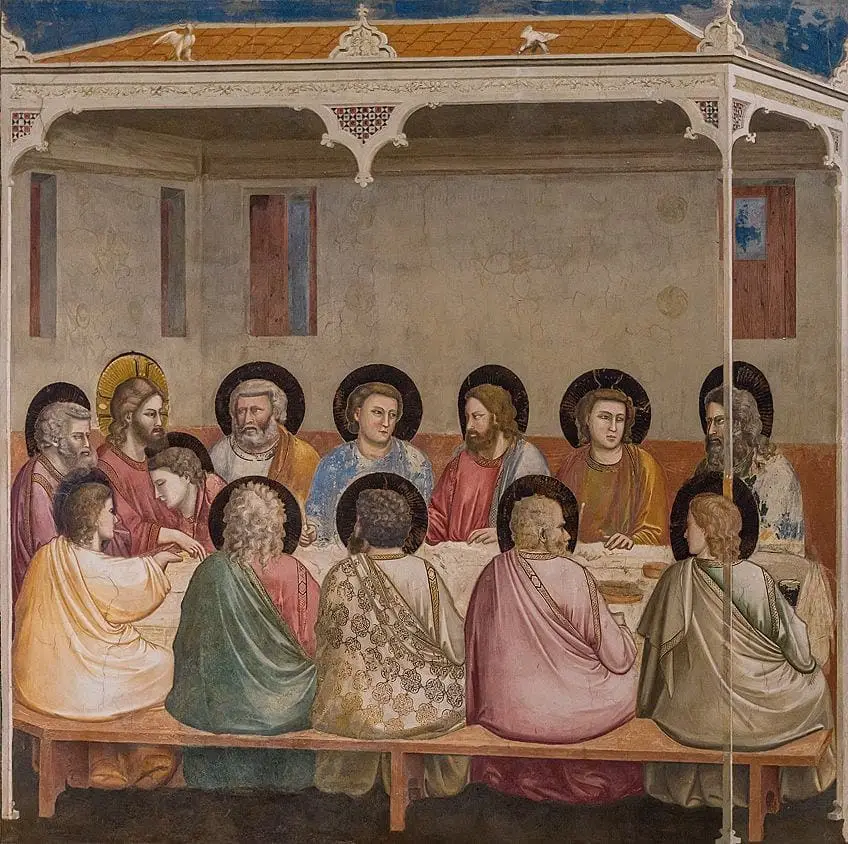
Dante Alighieri: A Literary Beacon
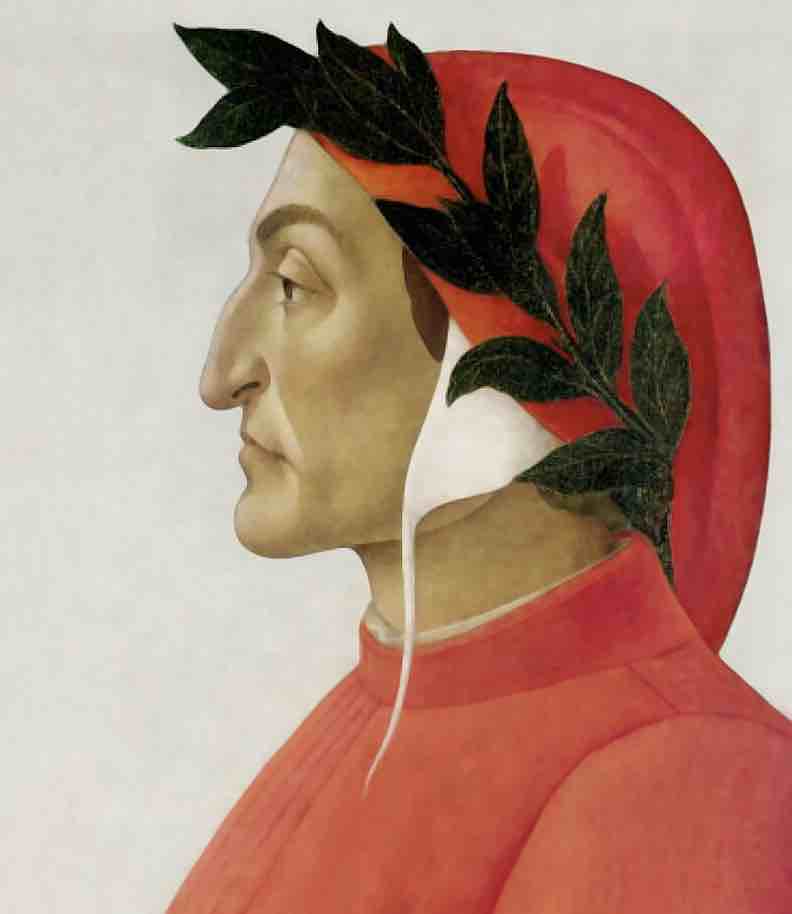
Dante Alighieri’s epic poem “Divine Comedy” set the stage for vernacular literature in Italy. His profound exploration of morality, spirituality, and the human condition impacted Renaissance themes and storytelling.
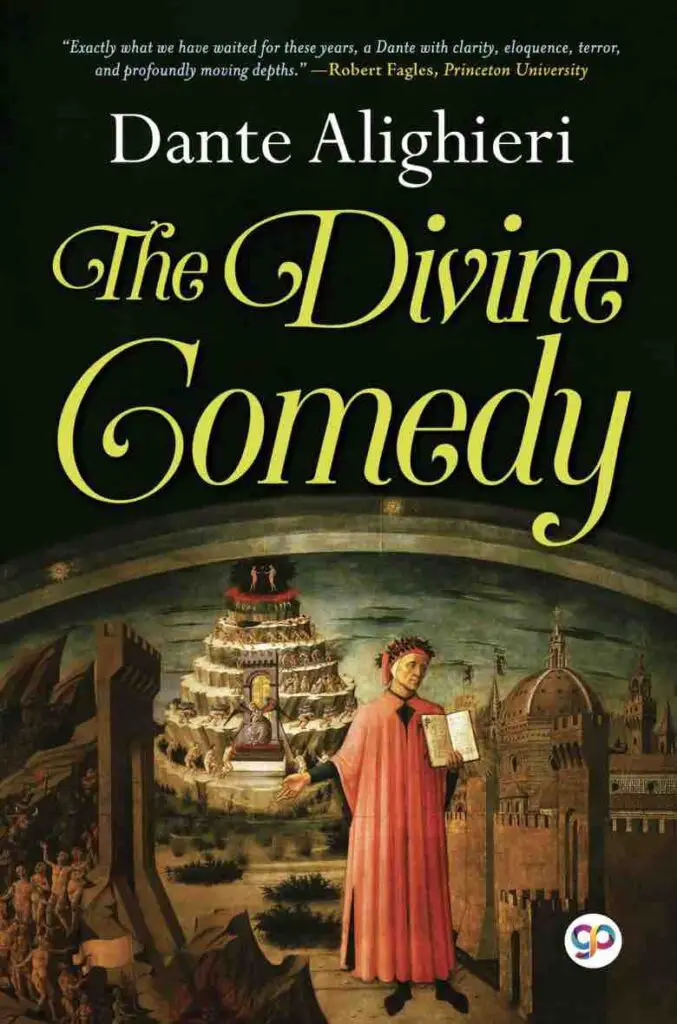
Petrarch: The Father of Humanism

Petrarch, often called the “Father of Humanism,” played a crucial role in the Renaissance. He collected and preserved ancient manuscripts, promoted classical learning, and championed that studying the past could inspire progress.
Boccaccio’s “Decameron”: Influencing Literature
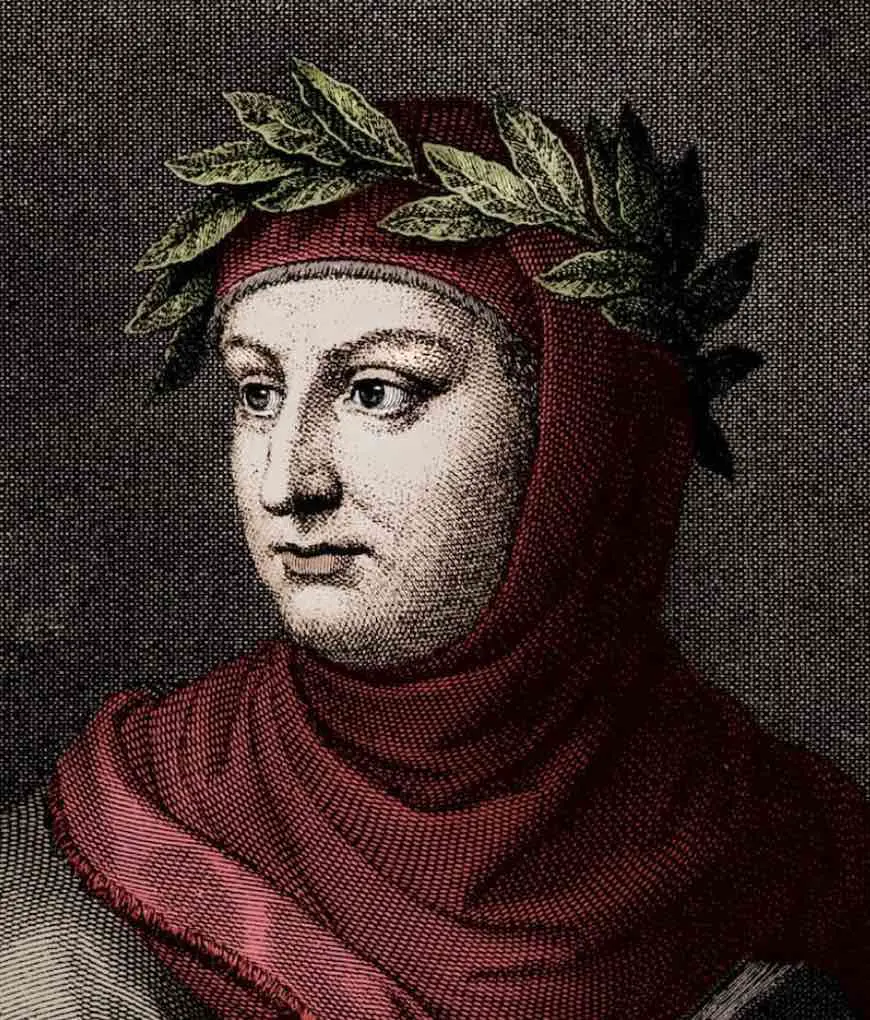
Giovanni Boccaccio’s “Decameron,” a collection of stories, further enriched Renaissance literature. This work, filled with tales of wit and humor, demonstrated the growing interest in storytelling and using vernacular language.
Printing Press: The Spread Of Ideas
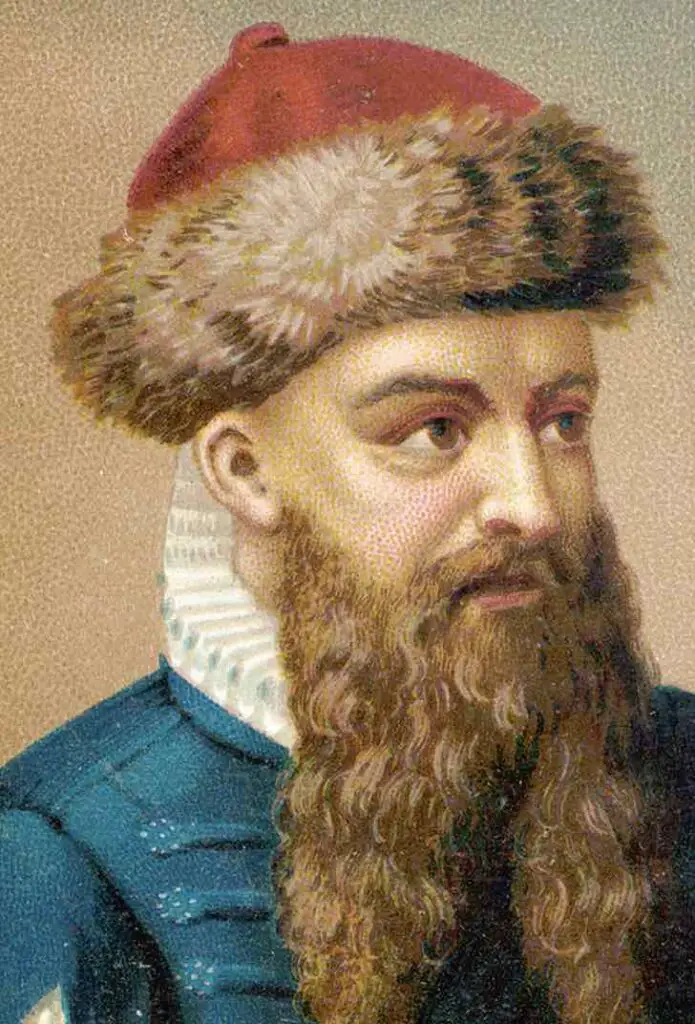
In the mid-15th century, Johannes Gutenberg’s invention of the printing press revolutionized the dissemination of knowledge. This technological marvel enabled the mass production of books, making it easier to share ideas and knowledge, ultimately accelerating the Renaissance’s spread beyond Florence.
Florence’s Geography: A Cultural Crossroads
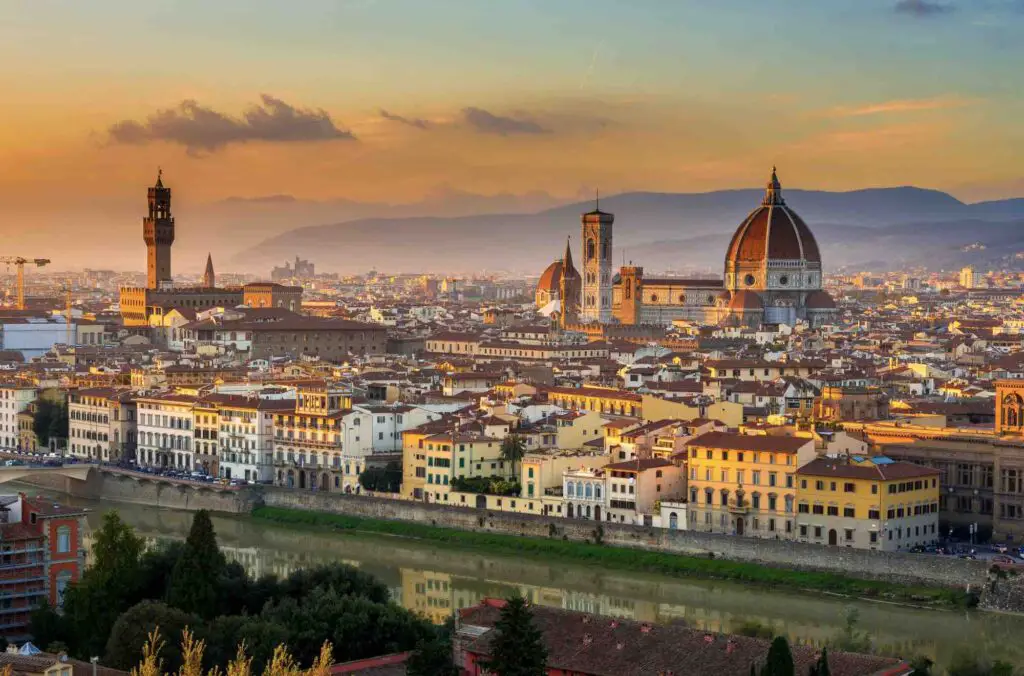
Florence’s strategic location played a vital role in its emergence as the epicenter of the Renaissance. Situated in central Italy, Florence became a hub for trade and cultural exchange with the rest of Europe and the East. This crossroads of ideas and commerce facilitated the convergence of diverse influences that fueled the Renaissance’s creative explosion.
Florence’s Enduring Legacy
Florence, Italy, stands as the birthplace of the Renaissance, where a unique blend of economic prosperity, artistic patronage, intellectual curiosity, and geographic advantage converged to ignite a cultural revolution.
The legacy of the Renaissance continues to inspire and captivate the world, reminding us of the power of human creativity and the enduring impact of this pivotal period in history.
Anita Louise Art is dedicated to art education, great artists, and inspiring others to find and create their art. We love art that uplifts and inspires. #ArtToMakeYouSmile! #ArtToMakeYouHappy!
If you want to see any of my art, you can find out more by clicking here. If you are interested in what inspires me and my paintings, you can discover more by clicking here.
We have a free newsletter and would love you to be part of our community; you can subscribe to the newsletter by clicking here. If you have any questions, I would be happy to talk to you anytime. You can reach me, Anita, by clicking here.
Subscribe to our Anita Louise Art YouTube Channel with great videos and information by clicking here.
Join us for our podcast “5 Minutes With Art.” Spend just 5 minutes a week with us to discover and learn about great art and artists. You can find out more about our podcast by clicking here.
Related Questions
How Do You Identify A Japanese Artist’s Signature on Woodblock Prints?
The signature on a Japanese woodblock print is the Japanese characters above or near the red artistic seal or chop. Sometimes the artist would add words behind their own name, such as “designed by.” Other times the artist would use different chops or seals during different periods of their life. Many times the actual artist’s signatures are complicated to read.
You can read more by reading our blog How Do You Identify A Japanese Artist’s Signature on Woodblock Prints? by clicking here.
What Is Abstraction In Art? Definition Explored
One such style that has gained immense popularity in the modern era is abstraction. Abstraction in art refers to distorting, simplifying, or exaggerating the natural forms and shapes found in the real world. This art style seeks to communicate emotions and ideas through color, texture, and form rather than realistically representing objects or figures.
By clicking here, you can discover more by reading What Is Abstraction In Art? Definition Explored
Neoclassicism: A Harmonious Revival Of Ancient Art
Neoclassicism, or Classicism, emerged as a significant artistic movement in the 18th century in response to the ornate and frivolous Rococo style. It drew inspiration from the art and culture of ancient Greece and Rome, emphasizing simple linear design and archaeologically accurate depictions of Classical themes. With its focus on harmony, clarity, restraint, universality, and idealism, Neoclassicism left an indelible mark on the visual arts.
You can learn more by reading Neoclassicism: A Harmonious Revival Of Ancient Art by clicking here.

